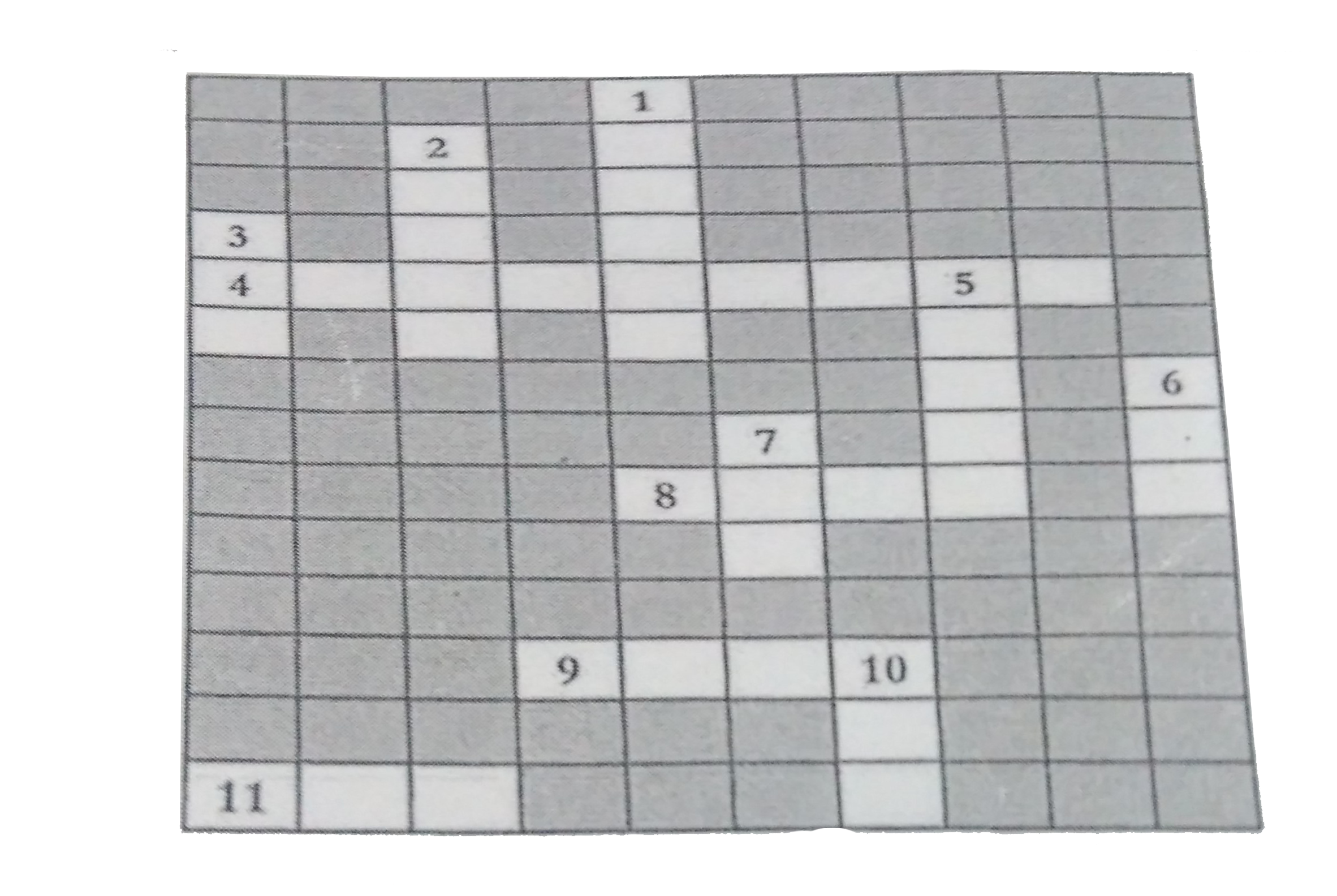Two numbers which do not have any factor common other than 1 are called:
Rational numbers
co-prime numbers
prime numbers
both (a) and (c)
The correct Answer is:B
Step-by-Step Solution:
1. Understanding the Definition: We start by defining what is meant by two numbers having no common factors other than 1. This means that the only positive integer that divides both numbers is 1.
2. Identifying Co-prime Numbers: Based on the definition, we conclude that two numbers that meet this criterion are referred to as "co-prime numbers."
3. Example: To illustrate this, we can take two numbers, for example, 3 and 4.
4. Finding the Factors:
- The factors of 3 are: 1, 3
- The factors of 4 are: 1, 2, 4
5. Checking Common Factors: Now, we check for common factors between 3 and 4. The only common factor is 1.
6. Conclusion: Since the only common factor is 1, we conclude that 3 and 4 are co-prime numbers.
7. Final Answer: Therefore, two numbers which do not have any factor common other than 1 are called co-prime numbers.
---
- The factors of 3 are: 1, 3
- The factors of 4 are: 1, 2, 4
Topper's Solved these Questions
- SAMPLE PAPER 5BOOK - EDUCART PUBLICATIONCHAPTER - SAMPLE PAPER 5EXERCISE - PART - A (SECTION - I)
21 Videos
- SAMPLE PAPER 5BOOK - EDUCART PUBLICATIONCHAPTER - SAMPLE PAPER 5EXERCISE - PART - A (SECTION - II)
20 Videos
- SAMPLE PAPER 5BOOK - EDUCART PUBLICATIONCHAPTER - SAMPLE PAPER 5EXERCISE - SECTION - B
20 Videos
- SAMPLE PAPER 4BOOK - EDUCART PUBLICATIONCHAPTER - SAMPLE PAPER 4EXERCISE - PART-B(SECTION-V)
5 Videos
- SAMPLE PAPER 6BOOK - EDUCART PUBLICATIONCHAPTER - SAMPLE PAPER 6EXERCISE - SECTION- C
10 Videos
Similar Questions
Knowledge Check
Objects which do not produce any light of their own are called ________ objects.
Anon-luminousBluminousCinvertedDrealIf A={4, 6, 10, 12} and R is a relation defined on A as ''two elements are related iff they have exactly one common factor other than 1''. Then the relation R is
AantisymmetricBonly transitiveConly symmetricDequivalence

AcrossDown4.The natural having more than two factors1.The number of divisor when the remainder is 08.The units digit of an odd number which is divisible by 52. The natural number having exactly two factors9. The number of common factors of co-primes other than 13. The greatest, among the common factors of given number 11. All the even numbers are divisible by5. The minimum number of factors of a composite number6. The least among the common multiples of given numbers7. A number which is divisible by 2 and 3, it is also divisible by 10. The HCF of two co-primes is
View SolutionFraction in lowest terms a fraction is in its lowest terms if its numerator and denominator have no common factor other than 1.
View SolutionFraction In Lowest Terms
View SolutionThe roots arising from any part of the plant other than the radicle are called ........
View SolutionFind the number of three-digit numbers from 100 to 999 including all numbers which have any one digit that is the average of the other two.
View SolutionDo you think Indian and Russian weddings have any customs in common? With the help of a partner, fill in the table below.

View Solution
